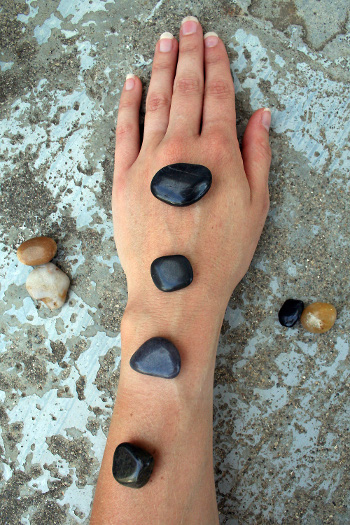Natural Pain Relievers and Alternative Treatments

While acute pain always goes away after a certain period of time with or without treatment in the form of pain medications, chronic pain management typically involves prolonged use of pain relievers, some of which can cause serious side effects. In addition, it is still possible to experience pain in a certain degree even if taking prescription-strength medications. As a result, more and more people are turning to natural pain relievers and alternative treatments.
As much as the mainstream medicine is concerned, there are not enough scientific evidence to support the use of natural pain relievers and alternative treatments. Most physicians, however, usually do not oppose therapies which are generally considered safe. Some of the most popular natural pain relievers and alternative treatments include:
Acupuncture. This ancient Chinese practice which involves inserting thin needles into the so-called acupuncture points claims to unblock the energy flow and stimulate the body to heal itself. It was long rejected by the Western medicine, however, recent studies suggests that it indeed might offer an effective pain relief. It is generally considered safe for most people except those with a bleeding disorder, pregnant women and people who have a pacemaker but it is recommendable to choose a certified acupuncture practitioner who uses sterile needles.
Chiropractic. It is most often used to treat low back pain and headache, and works by manipulation of the spine, joints or/and soft tissues. It is generally safe but only if it is performed by a licensed and trained practitioner. Chiropractic therapy, however, is not recommendable for people with nerve damage, osteoporosis and unexplained pain as well as individuals who underwent a surgery recently.
Massage. Probably the most popular natural pain relief method is not only one the safest and one of the most effective pain relief treatments but it is also recommended as a complement to pain management by many medical practitioners. However, it is not safe for everyone. Massage should be avoided by people who have blood clots, osteoporosis, arthritis, cancer, open wounds and pregnant women as well as individuals who have an unexplained pain unless having their doctor’s approval.
Hypnosis. The type of hypnosis which is used for pain relief is different from that seen on the television because the patient does not lose control over his/her free will and behaviour. It is considered safe if conducted by a trained and licensed psychotherapist.
Herbal remedies. They are available in the form of topical treatments, tinctures, teas, etc. Their use is based on folk medicine, however, many herbs which have been used as painkillers for centuries have been shown to be both effective and safe. But there are also many herbal remedies which are not proven safe or effective. No herbal remedies should be used without prior doctor’s approval because even the most popular ones can cause side effects or interact with medications.
Although many natural pain relievers and alternative treatments show potential in pain control, they can be used only as a complement and not as an alternative to the prescribed pain management therapy. Efficiency is typically observed only in patients suffering from mild to moderate pain.